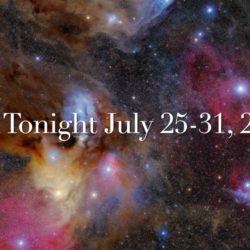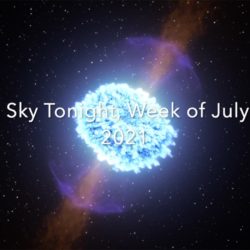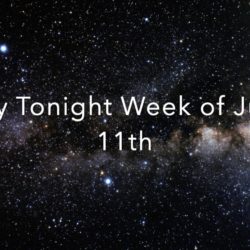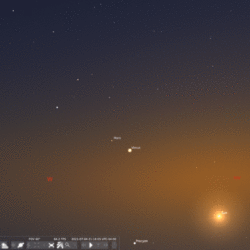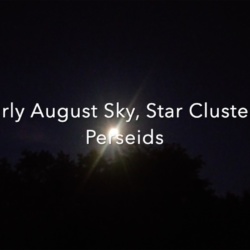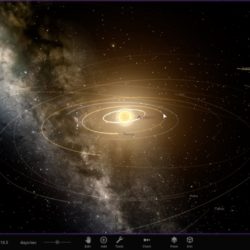Early July Night Sky 2023
In full HD and using a state of the art digital planetarium, Dr. James Daly takes us on a tour of the early July and Independence Day week night sky for 2023. He presents the major planets, the placement and phase of the moon and many other notable objects of interest at this time of[…]



